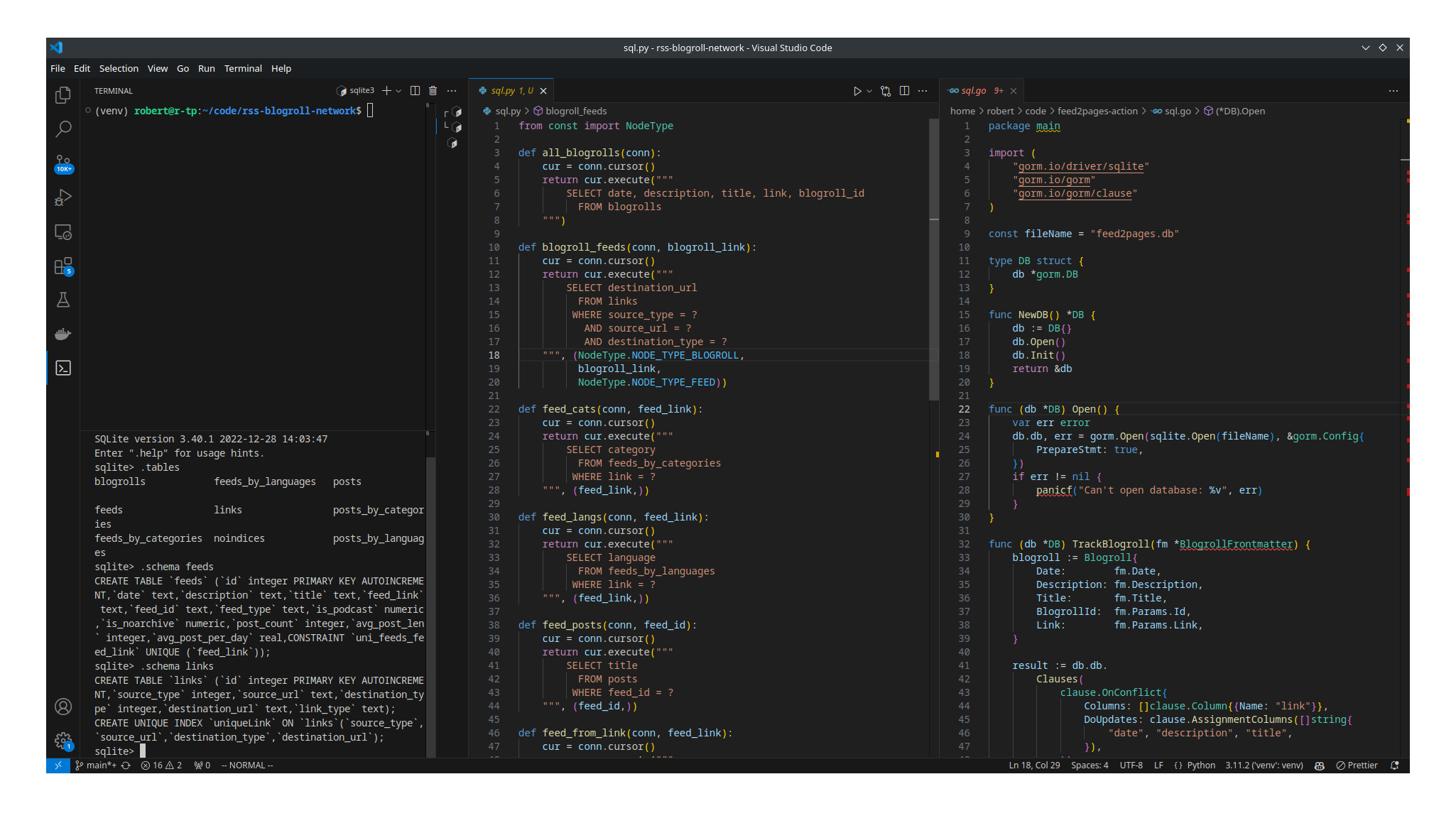Three links you should read this week.
How to have impact
Ben Kuhn is from Anthropic
Ben Kuhn from Anthropic talks about how his coworkers do their best work. He talks about self-agency. Working backwards from the goal and finding alternative ways. You will (probably) have more context than others for your WIP task, so take more ownership over the path towards the goal. Rather than asking for permission, find something that is important and work towards it. Sometimes, the high-impact items are not immediately obvious to key decision makers. Once again, don't wait for permission, take ownership over the success of the item, see it through, let yourself be its own little PM.
He also talks about taste. We have unique perspective on different things. A hover interaction being mobile-unfriendly might not be immediately obvious to a systems engineer. Find out gaps in your team, work on those, journal and reflect on those thoughts, repeat. I've once pushed react-query to its limits by treating both authentication status (via a singleton MSAL class) and local device theming (in local storage) as server states. When discussions involving global state and looking for new libraries to try, I can introduce perspectives and experiences that are less orthodox.
I miss Neovim...

I largely agree with Alexander's points. I like the experience of living fully in a shell and the control I've over my editor with Neovim. Though VSCode is not a bad compromise when there's no alternative, I really miss telescope.nvim and flash.nvim. Check out my longer reflection here.
If Bullet Journaling feels like a chore, try this

This is an archived link because the original link broke right after I shared it...
For a year now, I've been fully committed to a physical notebook system. While I like the different rituals a bullet journal system introduces, I find the overall system a little cumbersome. Westenberg advocates for a simpler approach that is also realistic. Anyone who wants to think deeply without distractions might find this article a good read that challenges our ritualistic note-taking norms.
Westenberg defined only four types of pages, each with a specific and narrow purpose, each taking up a whole page. One for getting work done, another for exploring creativity and ideas, a third for reflection, and one for simple lists. Each note has ample space to grow, for you to add context. They have practical decorators – status marker, tags and priority. It feels like a simple system that is easy to learn, a breeze to tweak, and focused on function over form.
This post was written without AI.


